Strain-sensitive ‘smart’ materials that can monitor their own strain and internal damage state.
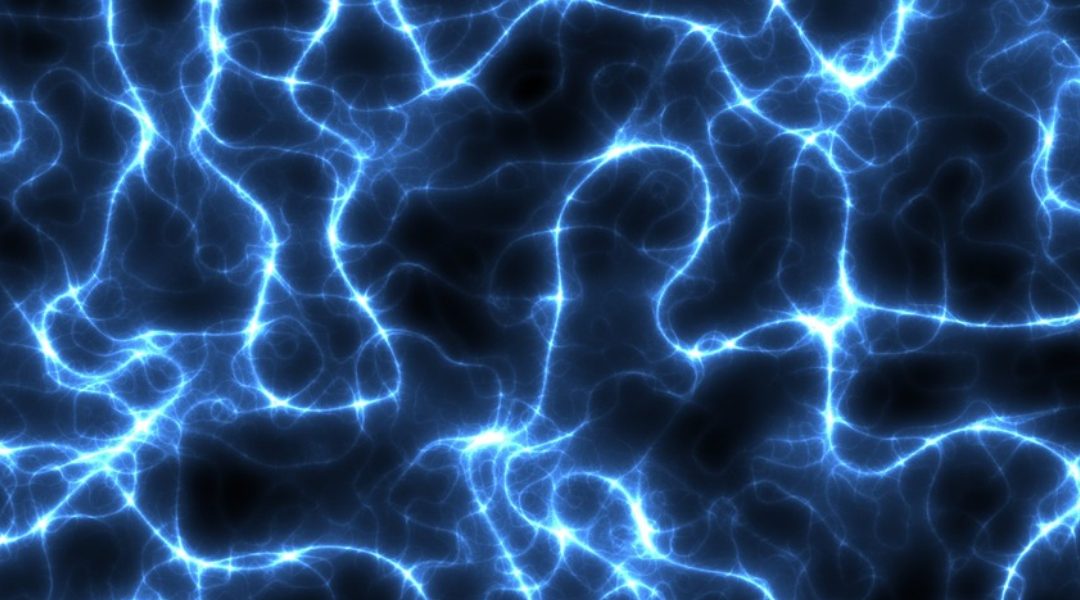

Strain-sensitive ‘smart’ materials that can monitor their own strain and internal damage state.
![3D e-Whiskers for Complex Sensing Applications [Video]](https://www.advancedsciencenews.com/wp-content/uploads/2018/03/adma201706733_ASN_image.png)
A scalable method for fabricating electronic whiskers (e-whiskers)—a class of electronic skin—for sensing a variety of external stimuli, including proximity, texture mapping, surface roughness, material stiffness, force, and temperature.

This month’s Advanced Engineering Materials covers and top papers!
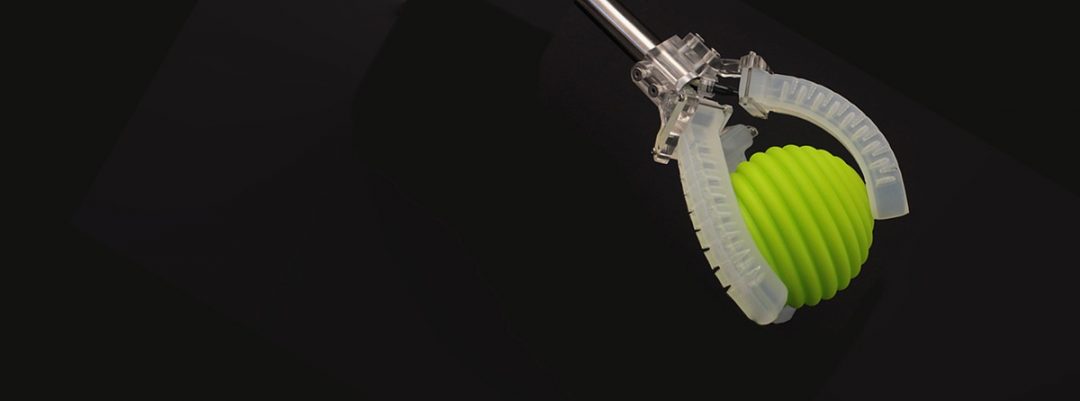
Researchers create soft robots that can sense touch, pressure, movement and temperature.

An interplay between two realms is the subject of the Focussed Session: Geometry- and Topology-Controlled Nanoarchitectures at the Joint Meeting of DPG (Deutsche Physikalische Gesellschaft) and EPS (European Physical Society) Condensed Matter Divisions on March 13, 2018 at the TU Berlin.

Metamorphic and stretchable electronics applications were developed by researchers from the Technical University of Ilmenau, which enable new 3D shapes and new form factors for electronics applications.
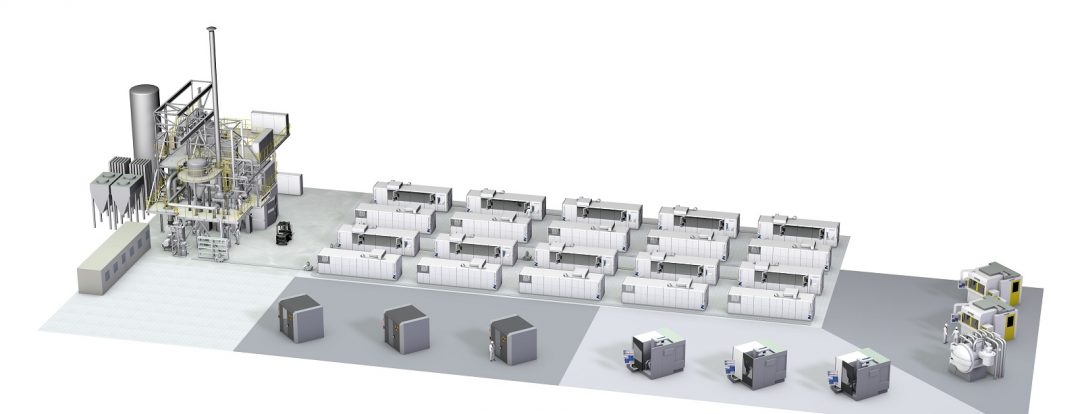
Additive Industries and SMS group jointly develop a production system for additive manufacturing of metals in industrial scale.

14 companies and organizations have combined forces in TACNET 4.0 – Tactile Internet, a project to create a standard system for real time industrial communications.
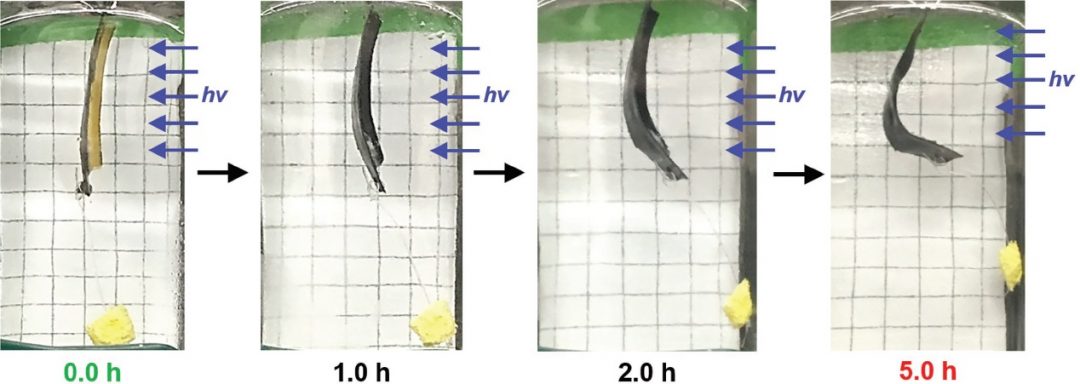
A photoinduced redox reaction is used to cause the contraction of an artificial hydrogel muscle, leading to macroscale actuation and measurable work.
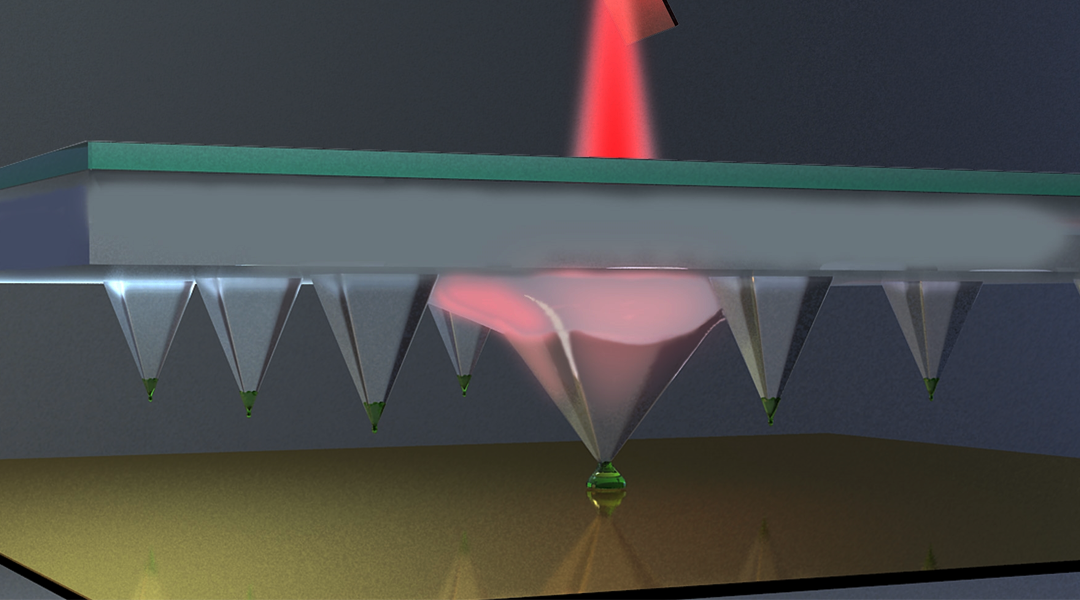
Local control of pens in a large-scale pen array can be achieved by using a nanotube composite that is photo-responsive to fabricate each individual pen.